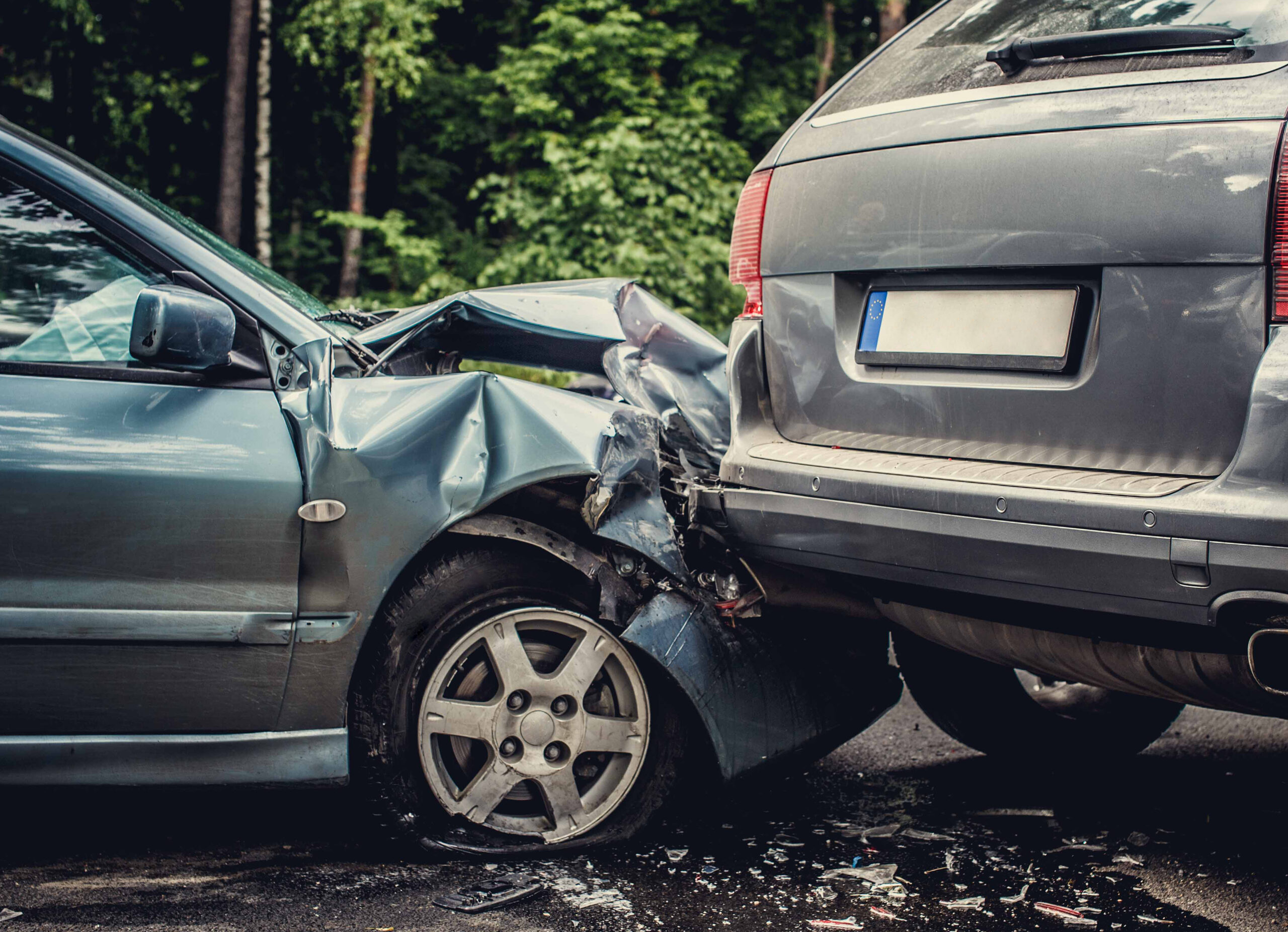Now Reading: Car Accidents Rates are Rising: Do You Know What to Do After a Collision
-
01
Car Accidents Rates are Rising: Do You Know What to Do After a Collision

Car Accidents Rates are Rising: Do You Know What to Do After a Collision
Seattle’s roads are almost always busy, as over three million people work and live in the city’s vast metro area. Seattle is also a gateway and this increases the number of drivers on the roads—and don’t forget about tourists. Visitors flock to the iconic city. With all of the traffic, it’s not surprising to learn there were 8,406 total crashes in Seattle in 2022.
Whether it’s a minor vehicle collision or a catastrophic traffic accident, there are some things you want to do. There are also a few things you want to avoid doing. The steps you take after a car crash can have a lasting impact on your personal injury claim.
What to Do After Being Involved in a Car Accident
Even a minor vehicle accident like a fender bender can leave you feeling a little dazed and confused; this is normal. Take a minute to get your bearings and take a deep breath to try and settle your nerves.
Once you’re feeling a little calmer, there are a few steps you should take. Doing so can help strengthen your case if you decide to pursue a personal injury claim.
Check for Any Injuries
Immediately after being involved in a car accident, check yourself for injuries. This also applies to any passengers that may be in your vehicle. If you’re able to exit your car, check the other involved vehicles for any injuries.
If the accident occurs in the middle of a busy street, stay in your vehicle. Getting out can put you at risk of being hit by an oncoming car. In this case, wait until emergency personnel arrive before exiting your car.
Move Your Vehicle to a Safe Location
Sometimes, vehicle damage or injuries are too severe for you to move the car to a safe location. Don’t worry; emergency personnel will soon be on the scene. They will take care of diverting oncoming traffic and can move everyone to a safer location.
However, if possible, move the involved vehicles off the road. Pull onto the shoulder or into a parking lot. If you’re worried that moving the vehicles may negatively impact the accident investigation, relax. The authorities can still reconstruct the accident scene using other tools and supplied information. The goal is to get you and the other involved drivers to a safe location and to prevent causing another accident.
Contact the Authorities
Some states don’t require you to report all vehicle accidents, which usually applies when property damage is minimal, no injuries are present, and a fatality hasn’t occurred. If both involved drivers agree, you can legally leave the scene of an accident. You also still have the option of filing an accident report; the time frame is usually around 10 days from the accident date.
Washington State is a little different. State law requires all vehicle accidents be reported to either your local police department, the county sheriff’s office, or Washington highway patrol. The only possible exception is if none of the involved vehicles suffer any damage.
However, if injuries are present and both drivers agree, you don’t need to call the authorities to the accident scene. Everyone involved in the accident can go on with their day. You’ll still need to report the accident, but you have a four-day grace period.
It’s always a good idea to report any vehicle accident when it occurs. If you decide to pursue a personal injury or property damage claim, you’ll need a copy of your accident report. Without the report, you can’t prove the accident occurred, and this can make it difficult to reach an acceptable settlement offer with the insurance company.
Your accident report will also contain a lot of valuable information and some of the details can only be found at the incident scene. If you wait to report the collision, your report may be missing some vital information.
Picking up a copy of your accident report is easy; you’ll need to wait around seven business days before it’s ready. You can head down to your local police station, call and request a copy, or visit the authority’s online site. There is a small fee for your accident report. However, don’t panic. The fee is usually around $10.
Schedule an Appointment with a Physician
If you left the accident scene in an ambulance, you’ve covered this step. However, if you’ve waved off an ambulance ride, you still want to make an appointment with your primary care physician as soon as you can.
You may think your injuries are minor or non-existent, but some injuries can take a few days before they start showing noticeable signs or symptoms. Besides, getting a medical checkup makes good sense. You always want to be proactive when it comes to your health.
Another reason to visit a physician is for your medical records. After all, your medical expenses are part of your economic damages, and this information goes into your injury claim. Before you can file a claim for your medical expenses, you’ll need to provide proof. Your proof of injury is your medical records. You also want to save any medical bills and receipts.
Document the Accident Scene
Documenting the accident scene doesn’t mean turning into an amateur detective. Leave this to the professionals. However, you can take photos of your injuries and any damage to your vehicle. If witnesses are present, you can get their contact information.
What you don’t want to do is discuss the accident with any witnesses. The at-fault driver’s insurance company is also going to talk to the witnesses, which means anything you say can be used against you by the insurance adjuster. At the end of the day, the ultimate value of your personal injury claim may be affected by your statements.
Protect Your Personal Injury Claim and Talk to an Attorney
Securing a consultation with a personal injury attorney should be a priority before you discuss your car accident with any third parties.
An experienced attorney serves as a critical ally in safeguarding your legal rights throughout the aftermath of the incident. They possess the expertise to navigate the complexities of insurance negotiations, ensuring you are not undervalued or overlooked.
By leveraging their knowledge of legal precedents and settlement strategies, they aim to secure a compensation package that accurately reflects your losses and damages.










